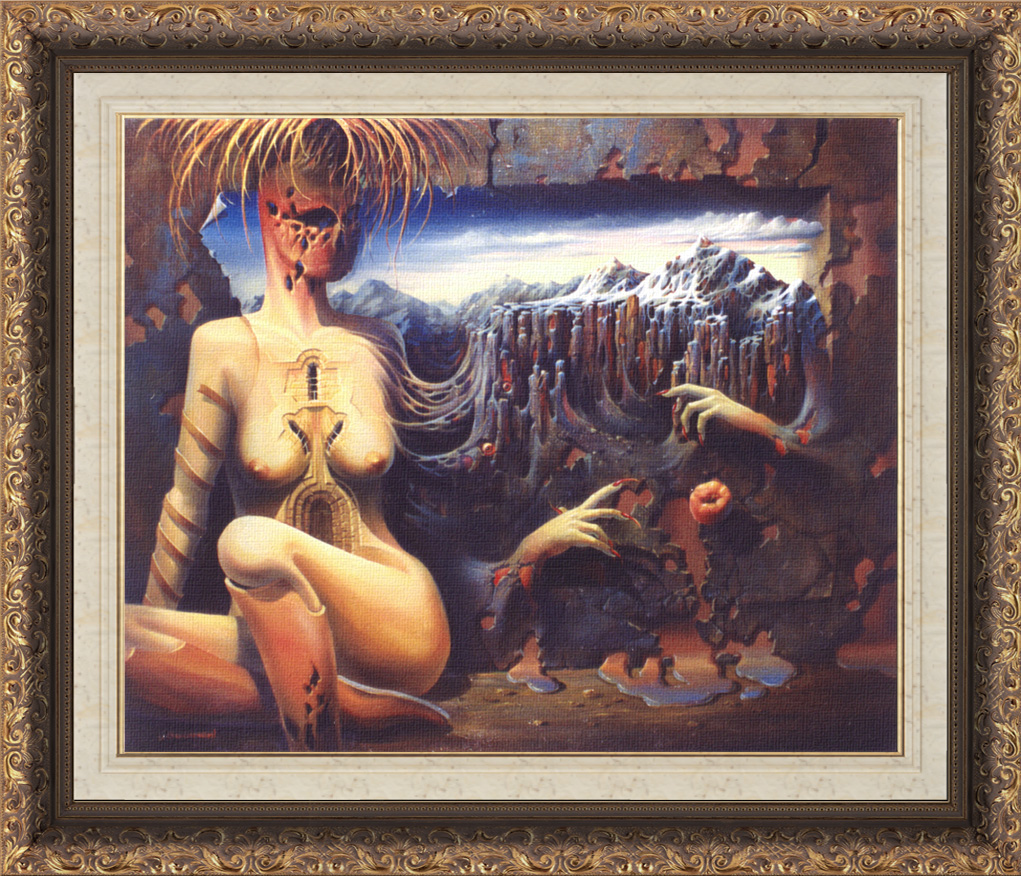

Underground trip


Nakedness is the most potent visual sign that a body is available for a sexual encounters with another body. Since art stands between the artist and the spectator, it might be argued that art that represents the naked body serves the artist both as a sexual lure and as a shield against intimacy. This might explain why the female nude has given rise to an astonishing variety of ambiguities related to the construction of gender and identity. In the history of European art, ambiguities clouded, veiled, or permeated representations of the female body, rendering their meaning opaque or transparent. As a consequence, the female nude became the most fascinating and disturbing symbol in Western visual culture. For centuries artists refined and exploited it, while art-lovers succumbed to and were shocked by it. Psychoanalysts and feminists, however, were the first to probe the ambiguity of its erotic appeal.
Questions of sexuality were not acknowledged in traditional art history, let alone addressed in a systematic way. Interpretative frameworks of commentators such as Gombrich and Panofsky, for instance, were indifferent to sexuality and to the ambiguities to which it gives rise, while Kenneth Clark's reference to 'erotic feeling' in The Nude: A Study of Ideal Art (1956) reads as an indictment of his rationalist approach (Clark 1957:6). Clark's first chapter, entitled 'The Naked and the Nude', in which he distinguished between representations of a particular body (the naked) and art that represents an ideal body (the nude), provided a point of departure for most of the recent contributions to the discourse on the female nude in art. John Berger, Griselda Pollock, Marcia Pointon, and Lynda Nead, among others, criticized the Enlightenment values that Clark's conceptualization of the female nude enshrines. Of the examples of recent literature on the female nude in art, some of which I refer to below, a few are books, but most are journal articles or single chapters in books on art, women artists, or the female body in representation. All of them, however, have made a considerable impact on feminist thinking about art and the female body.
"Erotic Ambiguities: The Female Nude in Art." Contributors: Helen Mcdonald - author.
Underground trip, 1991 year, Oil x Canvas, St. Petersburg, signed as Y. Gribanovsky
Private Collection
Underground trip, Monster creature Surrealistic phantasmagoric incongruous, Surreal visionary contemporary surrealist artist modern surrealism neo-surrealism, Mountains peak mountain mass cliff rocks, Texture surface quality exterior, Fine-art painting traditional oil canvas brush pencil drawing classic art
Underground trip surrealism painting by George Grie
Underground trip surrealism painting by George Grie
Underground trip surrealism painting by George Grie